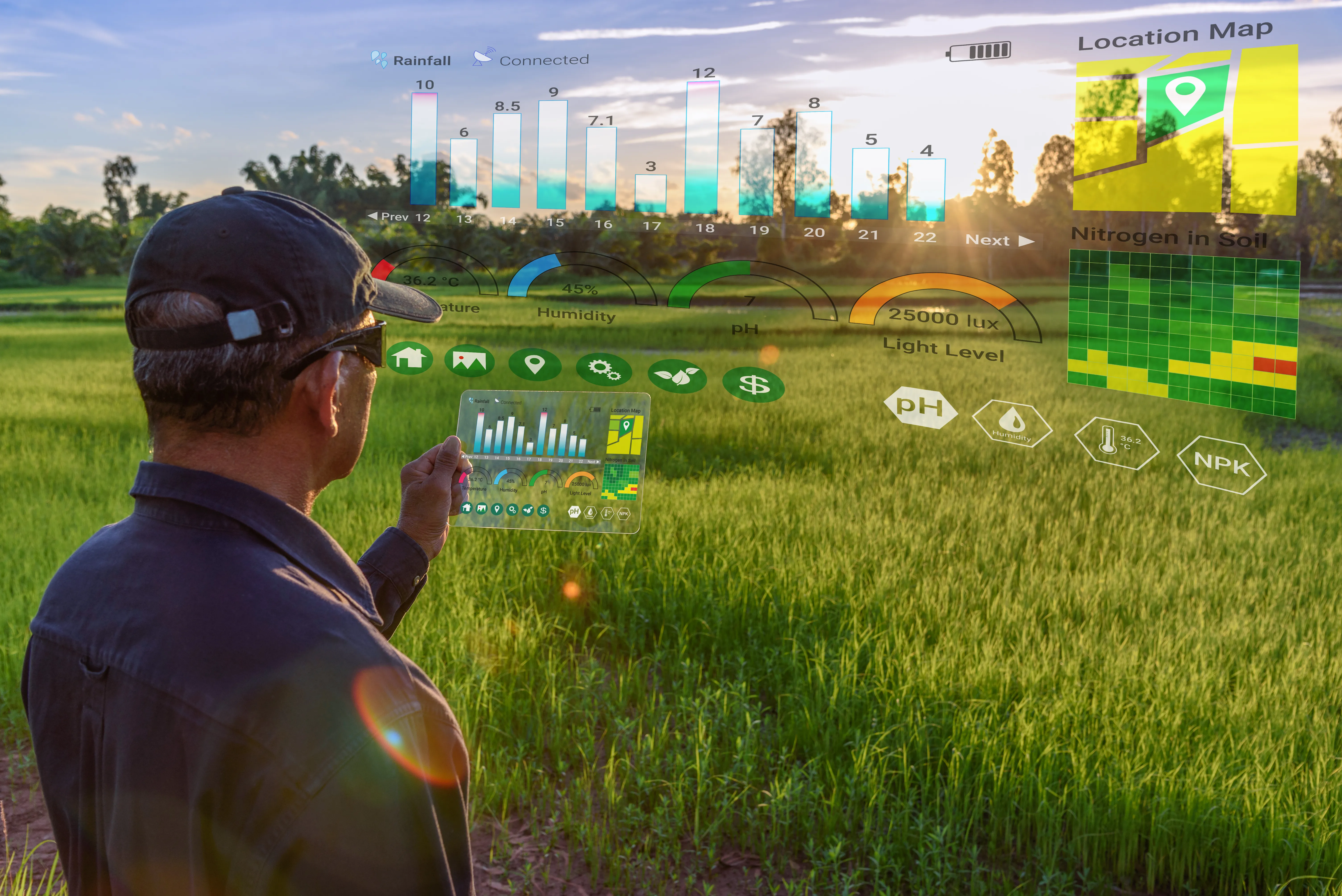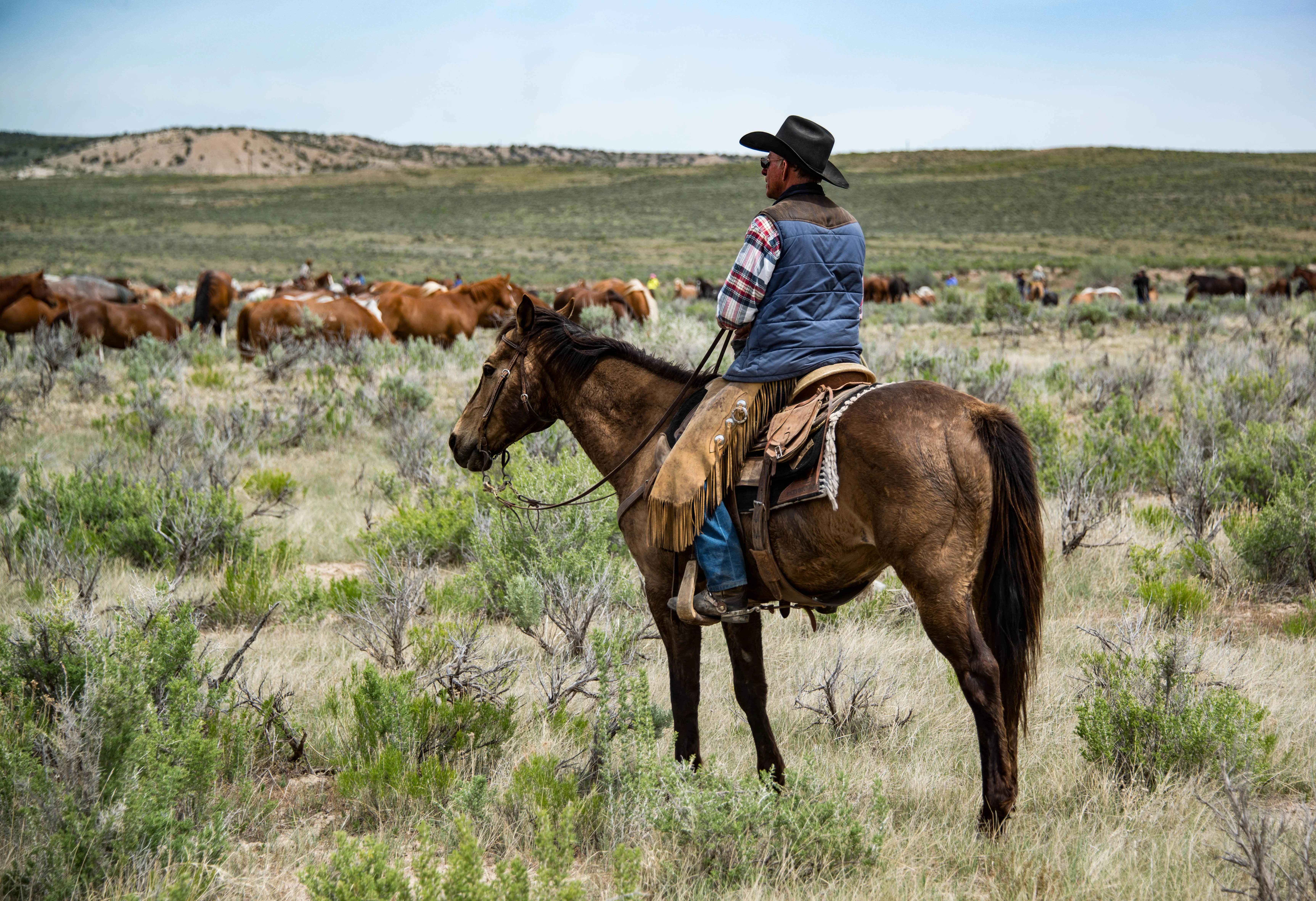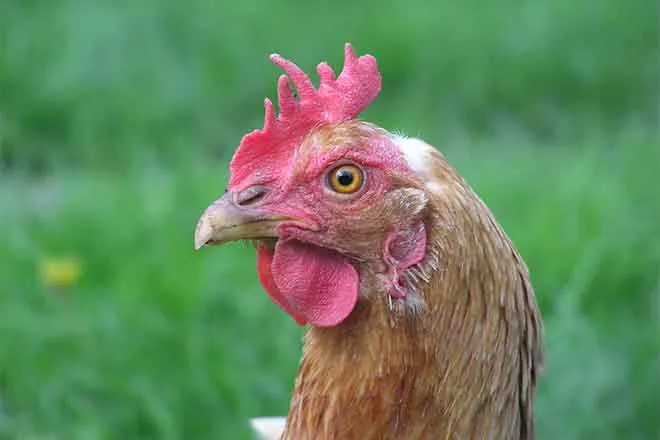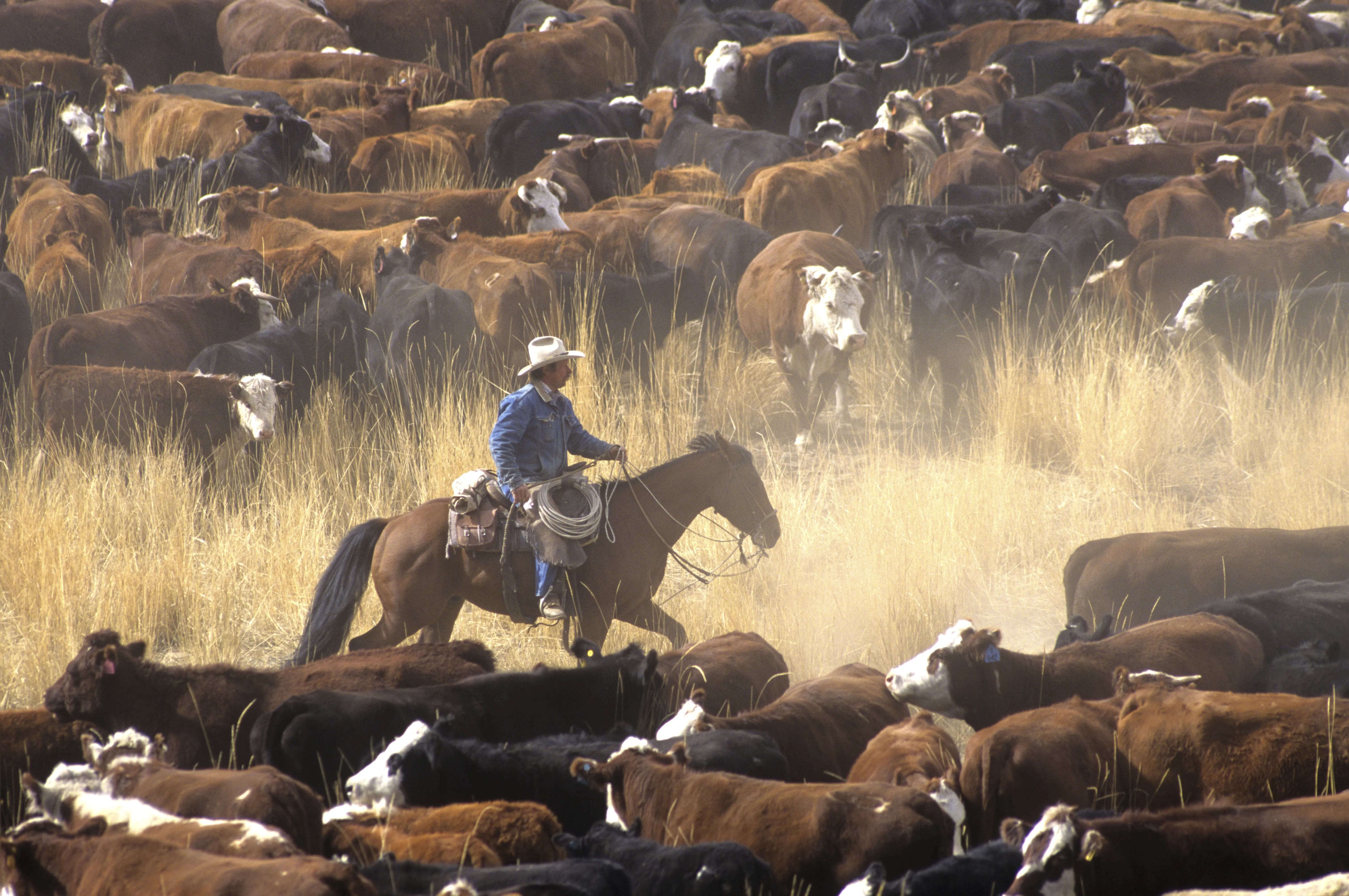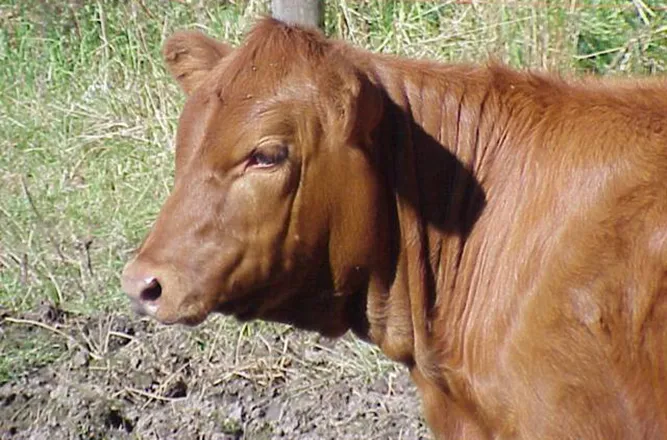
Ag stats: 2021 Farms and farm land summary – mountain states region
ARIZONA
The number of farms and ranches in Arizona in 2021 totaled 19,000, unchanged from the 2020 estimate. Total land in farms in Arizona, at 26.2 million acres, was unchanged from the 2020 estimate. The average size of farm was 1,379 acres, compared to 1,379 acres the previous year.
COLORADO
The number of farms and ranches in Colorado in 2021 totaled 39,000, up 200 operations from the 2020 estimate. Total land in farms in Colorado, at 31.8 million acres, was unchanged from the 2020 estimate. The average size of farm was 815 acres, compared to 820 acres the previous year.
MONTANA
The number of farms and ranches in Montana in 2021 totaled 27,100, up 200 operations from the 2020 estimate. Total land in farms in Montana, at 57.9 million acres, was down less than one-half percent from the 2020 estimate. The average size of farm was 2,137 acres, compared to 2,156 acres the previous year.
NEW MEXICO
The number of farms and ranches in New Mexico in 2021 totaled 24,700, down 100 operations from the 2020 estimate. Total land in farms in New Mexico, at 40.0 million acres, was unchanged from the 2020 estimate. The average size of farm was 1,619 acres, compared to 1,613 acres the previous year.
UTAH
The number of farms and ranches in Utah in 2021 totaled 17,900, up 100 operations from the 2020 estimate. Total land in farms in Utah at 10.7 million acres, was unchanged from the 2020 estimate. The average size of farm was 598 acres, compared to 601 acres the previous year.
WYOMING
The number of farms and ranches in Wyoming in 2021 totaled 12,200, up 200 operations from the 2020 estimate. Total land in farms in Wyoming, at 29.0 million acres, was unchanged from the 2020 estimate. The average size of farm was 2,377 acres, compared to 2,417 acres the previous year.
UNITED STATES
The number of farms in the United States for 2021 is estimated at 2,012,050, down 6,950 farms from 2020. The number of farms increased in all sales classes except $1,000-$9,999, $100,000-$249,999, and $1,000,000 or more. In 2021, 51.0 percent of all farms had less than $10,000 in sales and 81.5 percent of all farms had less than $100,000 in sales. In 2021, 7.4 percent of all farms had sales of $500,000 or more.
Total land in farms, at 895,300,000 acres, decreased 1,300,000 acres from 2020. The biggest change for 2021 is that producers in Sales Class $1,000 - $9,999 operated 640,000 fewer acres than in 2020. In 2021, 30.1 percent of all farmland was operated by farms with less than $100,000 in sales, while 40.9 percent of all farmland was operated by farms with sales of $500,000 or more.
The average farm size for 2021 is 445 acres, up from 444 acres the previous year. Average farm size increased in the $1,000,000 or more sales class and decreased or remained unchanged in all other sales classes.
USDA’s definition of a farm is “any place from which $1,000 or more of agricultural products were produced and sold, or normally would have been sold, during the year.” Government payments are included in sales. Ranches, institutional farms, experimental and research farms, and Indian Reservations are included as farms. Places with the entire acreage enrolled in the Conservation Reserve Program (CRP), Wetlands Reserve Program (WRP), and other government conservation programs are counted as farms.
The definition of a farm was first established in 1850 and has changed nine times since. The current definition was first used for the 1974 Census.
Land in farms consists of agricultural land used for crops, pasture, or grazing. Also included is woodland and wasteland not actually under cultivation or used for pasture or grazing, provided it was part of the farm operator’s total operation. Land in farms includes acres in CRP, WRP, and other government conservation programs. Land in farms includes land owned and operated as well as land rented from others. Land used rent-free is included as land rented from others. All grazing land, except land used under government permits on a per-head basis, is included as land in farms provided it was part of a farm or ranch. Land under the exclusive use of a grazing association is reported by the grazing association and included as land in farms. All land in American Indian reservations used for growing crops or grazing livestock is included as land in farms. Land in reservations not reported by individual American Indians or non-Native Americans is reported in the name of the cooperative group that used the land. In many instances, the entire American Indian reservation is reported as one farm.
Economic sales classes are based on the gross value of agricultural products sold. Government program payments are also included.
Point Farms are places that did not have $1,000 of reported sales for the year, but had sufficient crops and livestock to normally have sales of $1,000 or more.



